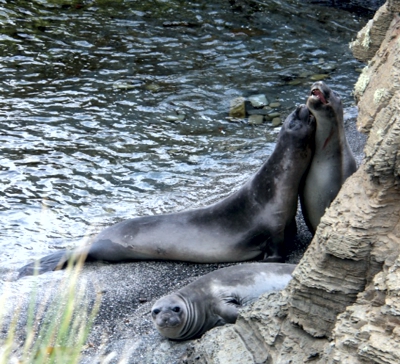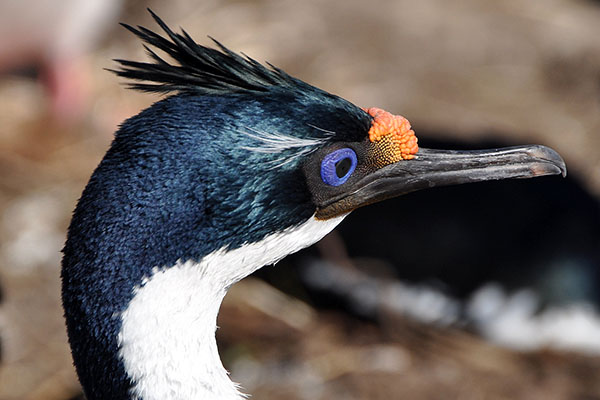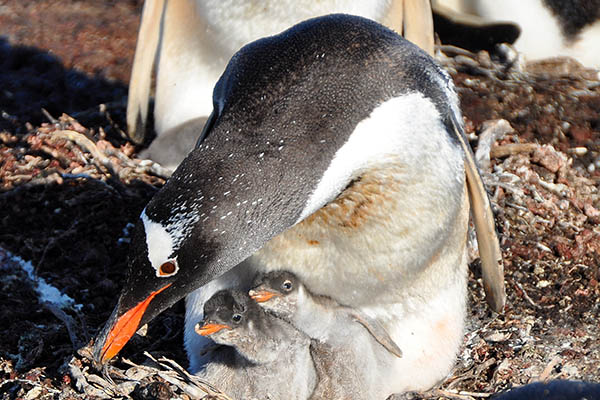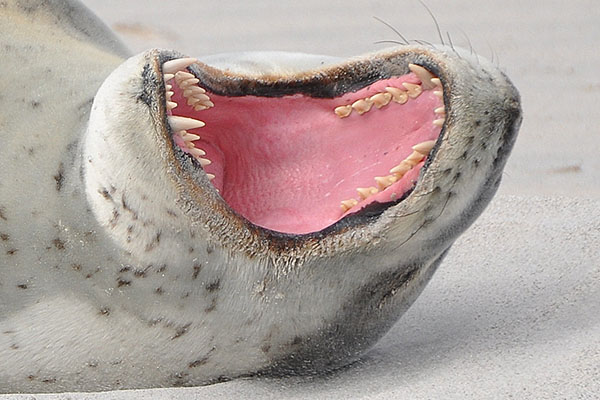
Custom Designing Pampered Adventure since 1966

Destinations
Experiences
 |
L A D A T C
O T O U R S Custom Designing Pampered Adventure since 1966 |
 |
||||||||
| HOME | South America | Falkland Islands | Antarctica | Unique Destinations |
Unique Experiences |
Newsstand | ||||
|
Falkland
Islands Wildlife
Accommodations |
 |
 |
 |
 |
 |
|
ABOUT THE WILDLIFE The northern end of Sandy Bay teems with gentoo penguins which walk down from the top of Penguin Hill, just to the north west of the bay, where the breeding colony of about 3300 pairs, spread amongst 6 sub-colonies, is located. Magellanic penguins also nest in extensive burrows just behind the beach, as they do along many coastal fringes of the island. There are occasional sightings of king penguins in this area. Seven sub-colonies of southern rockhopper penguins (about 700 pairs), breed alongside the southern side of Long Gulch, (watch out for a visiting macaroni penguin here) whilst the rocky cliffs of the gulch itself are a superb nesting site for rock cormorants. In the nearby extensive tussac plantations, tussacbirds and Falkland grass wrens in particular can often be seen or heard. These tussac areas also offer regular sightings of black-chinned siskins, dark-faced ground-tyrants, Falkland pipits and thrushes, black-throated finches and long-tailed meadowlark. Bleaker Island is particularly important for its colonies of cormorants and over 8,000 pairs of imperial cormorants breed nearby, closely attended by snowy sheathbills, Falkland skuas and dolphin gulls. Both Big and Small Ponds are popular with Chiloe widgeon, silvery and white-tufted grebe, speckled and silver teal, flying steamer ducks and black-necked swans, whilst the surrounding open areas are frequented by crested and striated caracaras, variable hawks, and large populations of ruddy-headed geese, two-banded plovers and white-rumped sandpipers. Adjoining coastal zones are favourite haunts of the flightless steamer duck, Magellanic and blackish oystercatcher and crested duck. Recently, it has been established that sooty shearwaters and grey-backed storm petrels breed on islands in the Bleaker Island group, adding to the Cobbís wren already identified (which is occasionally spotted on Bleaker Island itself). 47 breeding species have been recorded on Bleaker Island. On the rocks and tussac fringes to the south of the settlement large numbers of southern sea lions haul out between October and January. Offshore, to the east of the island, Pealeís dolphins swim in small groups along the outer edges of kelp beds, whilst Commersonís dolphins frequent the shallower waters on the islandís western perimeter. Increasing numbers of sei whales, southern right whales and fin whales are spotted on both sides of the island, between March and June, migrating north from Antarctic waters. |
|